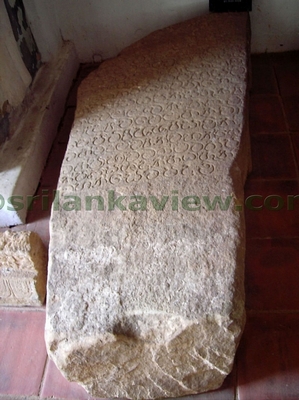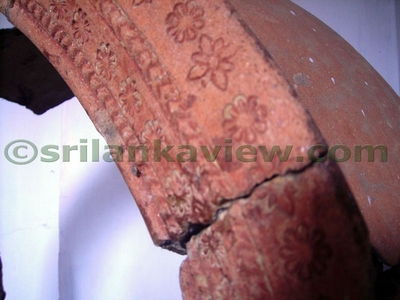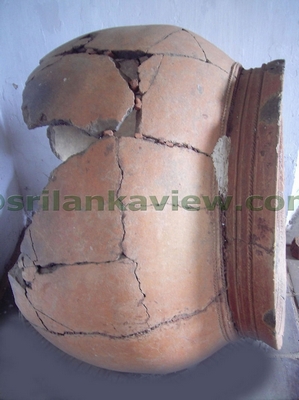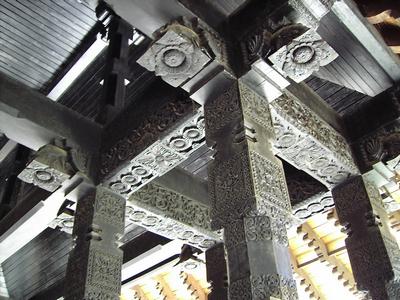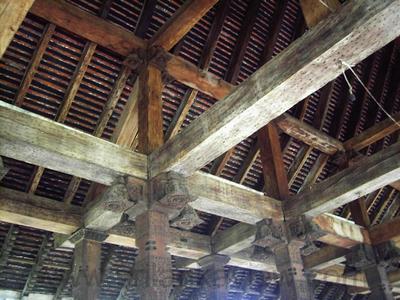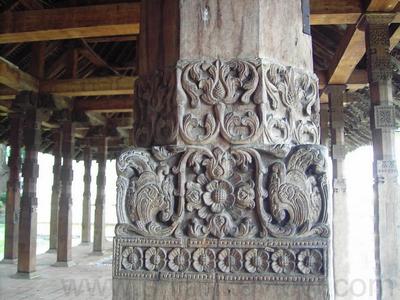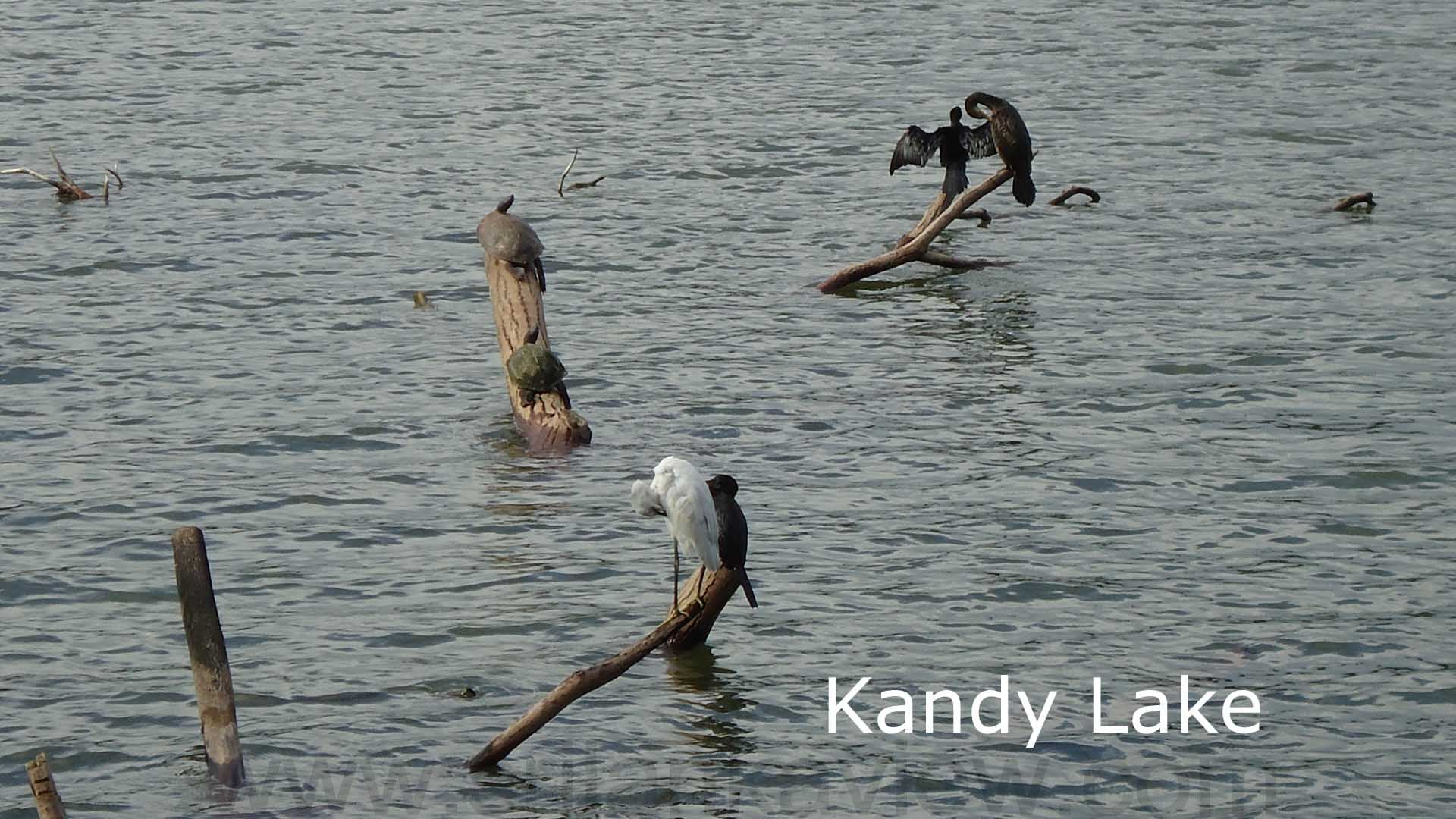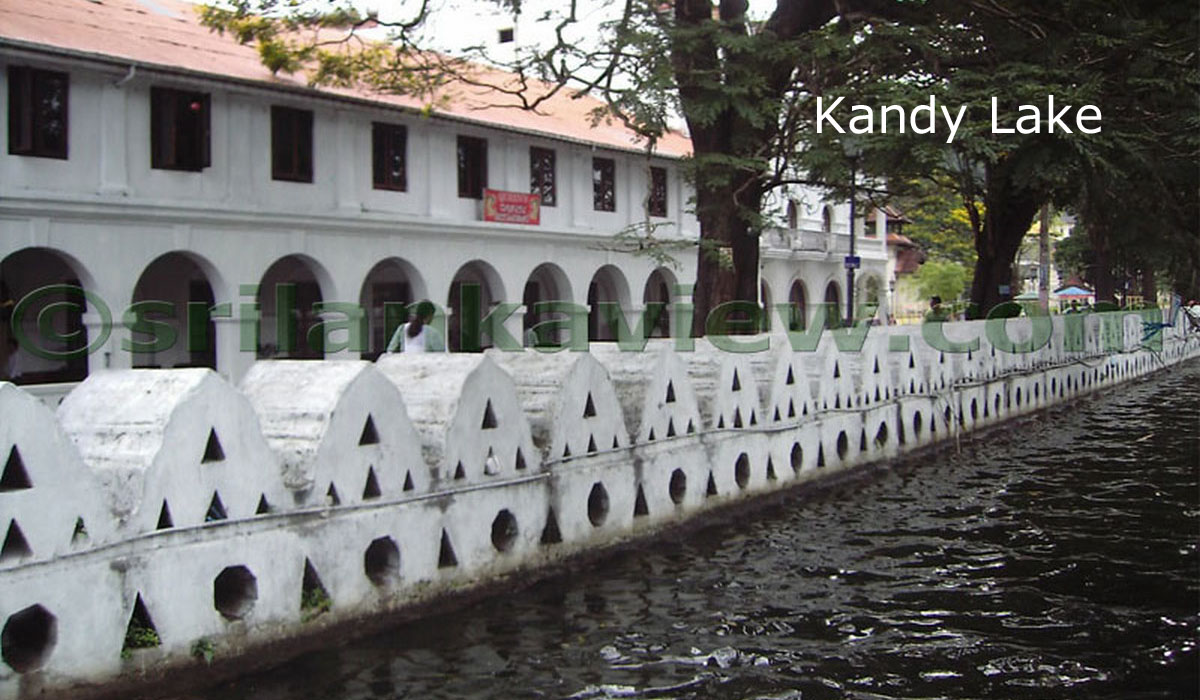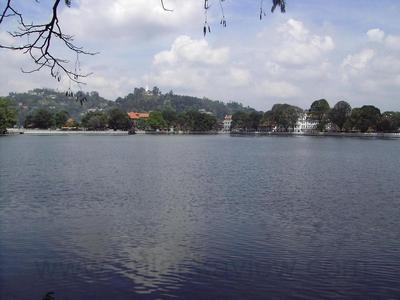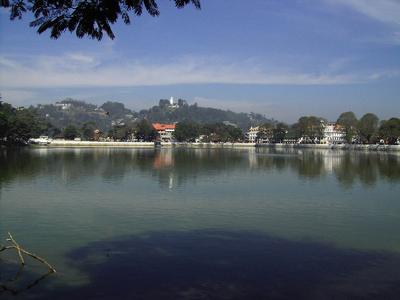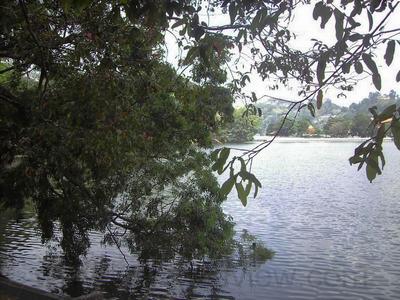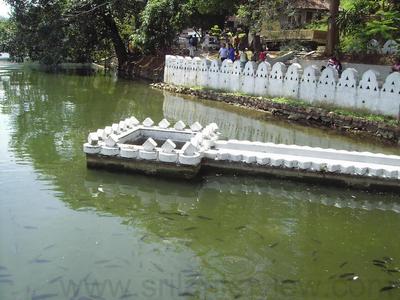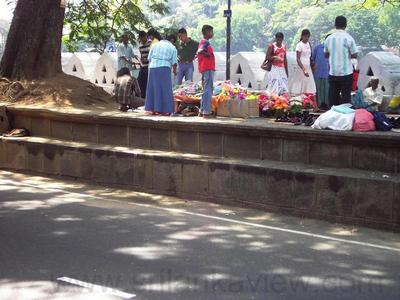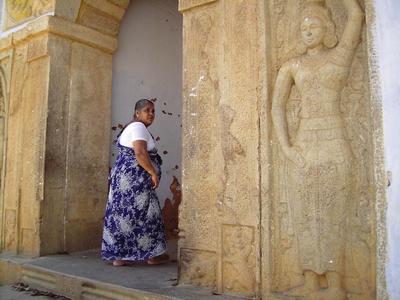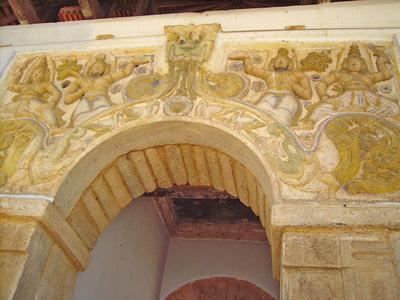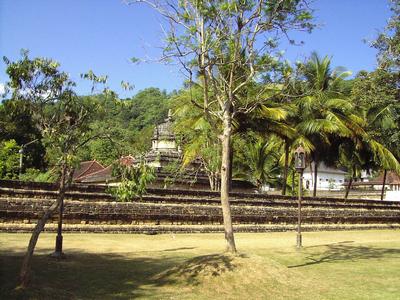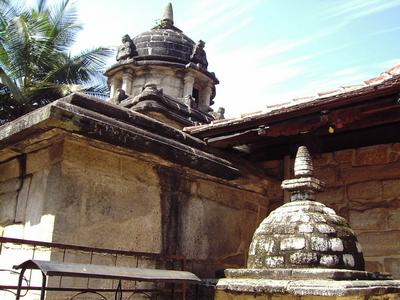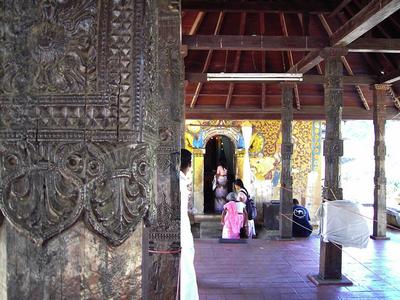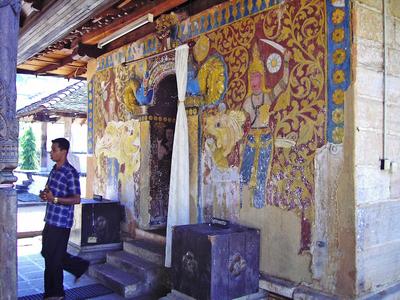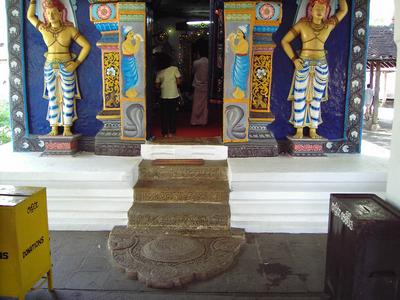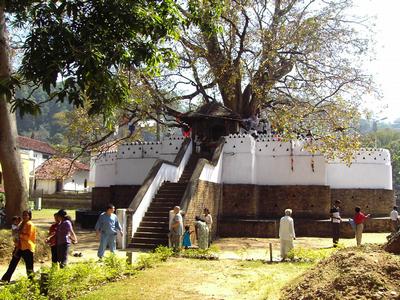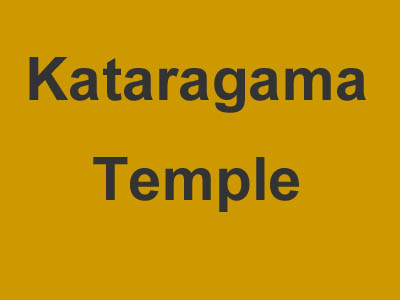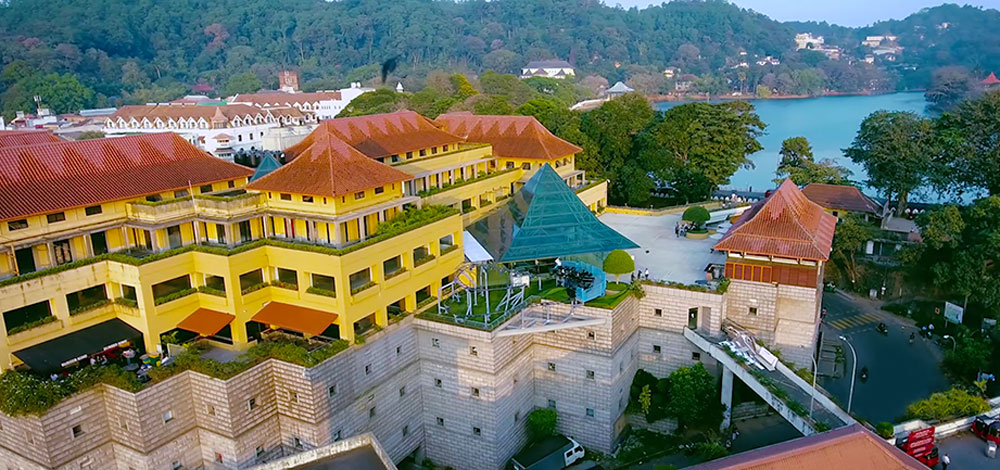Kandy - නුවර
Use Google Translator at Navigation Bar to read in Sinhala or Tamil or in any other Language
Kandyan History, Architecture, Kandy Lake and Tourist Attractions of Kandy Town
Kandy City of Sri Lanka
Situated in the Central province of Sri Lanka, and being the capital of the province, Kandy is also the second largest city of Sri Lanka. Being 115 km from Colombo by road, Kandy can be reached by main road and by rail. It has attracted the interest of the world due to being home to the Temple of the Tooth Relic of Buddha, which is worshipped by the Buddhists world over. The city is nestled among the surrounding hills in the Kandy plateau at an elevation of 1526 feet above sea level. The manmade Lake in the heart of the city is the main feature of the city covering an area of 19 hectares or 47 acres. Udawatta Kele next to old Royal Palace is a forest reserve covering an area of 104 hectares or 257 acres and is at an elevation above 377 feet from Kandy Lake. To the south west of the town lies the Hantana Mountain Range with seven peaks with a maximum height of 3800 feet. Kandy has a tropical climate with a humidity around 70-80 present most time of the year and have a dry weather from January to April. The monsoon periods of May to July and October to December brings rain to the area having rough weather intermittently. Though the heart of the Kandy city is covering a small area, it has now spread further up to Peradeniya, Katugastota and Kundasale. The main attractions of the city are the Temple of the Tooth and the annual Perahera of the Temple of the Tooth or the Dalada Maligawa. The Four temples of Natha, Vishnu, Pattini and Kataragama lies in the vicinity of the Dalada Maligawa. Kandy Shopping Center is very popular and caters for the many needs of the population. Bahirawakanda Buddha Statue, Peradeniya Botanical Garden , numerous hiking paths at the main city area, view points of Kandy town and Knuckles Mountain Range in the Dumbara valley to mention a few. Further away from the town one comes across Embekke, Lankatilaka and Gadaladeniya temples and also Spice gardens with many hundreds of plant varieties of Sri Lankan spices. Kandy also is a stepping stone to all other tourist destinations since being situated in the center of the island with a network of roads leading to all parts of the country.
.
How the name “Kandy” was derived and the meaning of "Kandy"
During the times of the Kandyan Kingdom, the Sinhalese called the kingdom as "Kanda Udarata" or the country on the hills and the ruling king as the "Kande Raju" or the king of the hills. The Portuguese who invaded this area used to call the area as "Candea" to synonymize the Sinhala pronunciation of the word Kanda. Later the Dutch (1658-1796) and the British (1796-1948) whom also wanted to rule the area called it as "Kandy" which is used today all over the world. The main reason for Kandy to be a world recognized city today is due to the fact that the Buddha’s Tooth Relic Temple being situated in Kandy and the annual Kandy Dalada Maligawa Perahera which is considered to be the best procession in the whole of Asian region which is held in the vicinity of the Tooth Relic Temple. Historically this kingdom was called as Senkadagalapura and the present Sinhala name "Mahanuwara" or the "great city" had been in use since the 18th century which is the official Sinhala name for Kandy today. Among the local population, the name used for Kandy is "Nuwara" - a shortened form of the word "Mahanuwara".
Kandy and Malaya Rata (Hill Country)
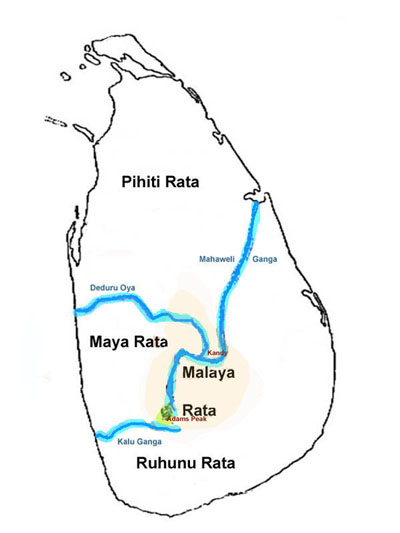
Kandy and the historical Malaya Rata
Malaya Rata means the “mountainous country” and had been an entity apart from Ruhuna, Maya and Pihiti countries in the long history. On several occasions, the rulers from these countries seeked the protection of this mountainous country which could not get easily penetrated by the enemies. The most noteable incident is the great sinhalease king Dutugemunu seeking refuge in Malaya Rata while he was still a young prince having a dispute with his father who was the king at that time. Staying in Kotmale, he amassed his own army to wage war on king Elara and later became the king of the whole country. Another noteworthy king to seek the safety of Malaya Rata is King Walagamba (103-89 BC) who spent much time in Malaya Rata before becoming the king of the country again. It is noteworthy to mention that the boundaries of these three regions of Ruhunu, Maya and Pihiti Rata were not static but were of changing nature most of the history. Being situated in Malaya Rata, the Kandyan Kingdom was the last to be dominated by the British on the way to make Sri Lanka a British colony in 1815.
According to historical facts, in the 14th century AD, king Wickramabahu III of Gampola (1357-1375 AD) had made Senkadagala his kingdom. After his death, Sena Sammata Wickramabahu (1469-1511 AD ) became the first king to be crowned at Senkadagala. Of the twelve kings ruled from Senkadagala, Sri Wickrama Rajasingha (1798-1815 AD) became the last king of Senkadagala as well as of Sri Lanka when the British conquered the country in 1815.
“The town of Kandy, Maha–nuwara, The Great City, is the Hill Capital of Ceylon. It has been said of it, by one who has travelled the world over, that it may have equals in the matter of situation but has no superiors. The town itself lies for the most part at one end of the beautiful lake, which snuggles as a broad pool under the hills which rise all around it. The hills are thickly clad with palm trees and tropical flowering trees, and the lake itself is ever changing, now calm and sparkling when the sky is high in the heavens, now rippling with laughter under the magic touch of the morning breeze, and again defying description under the soft caress of the lowering sun. But perhaps, most fascinating of all, it is when the moon has risen over the palm trees, reflecting its silvery glory in the silent waters, while round the trees along the banks myriads of fire-flies fill to the full their brief mysterious life.”
.
.
.

Peradeniya, Kandy
"If Ceylon is a paradise for every botanist and a lover of flowers, then Peradeniya deserves to be called the very heart of paradise. Peradeniya differs widely in one respect from most of our European Botanical Gardens, for instead of displaying the plants in formal beds, drawn up like soldiers in line as companies, the whole plan of the garden is park like and calculated for pleasing and characteristic effect as well as for scientific instructions, and at Peradeniya, I had admired the amazing fecundity and variety of tropical vegetation. ”
.
.
.
Temple of the Tooth Relic - Kandy
.
.
Dalada Maligawa Perahera - Kandy

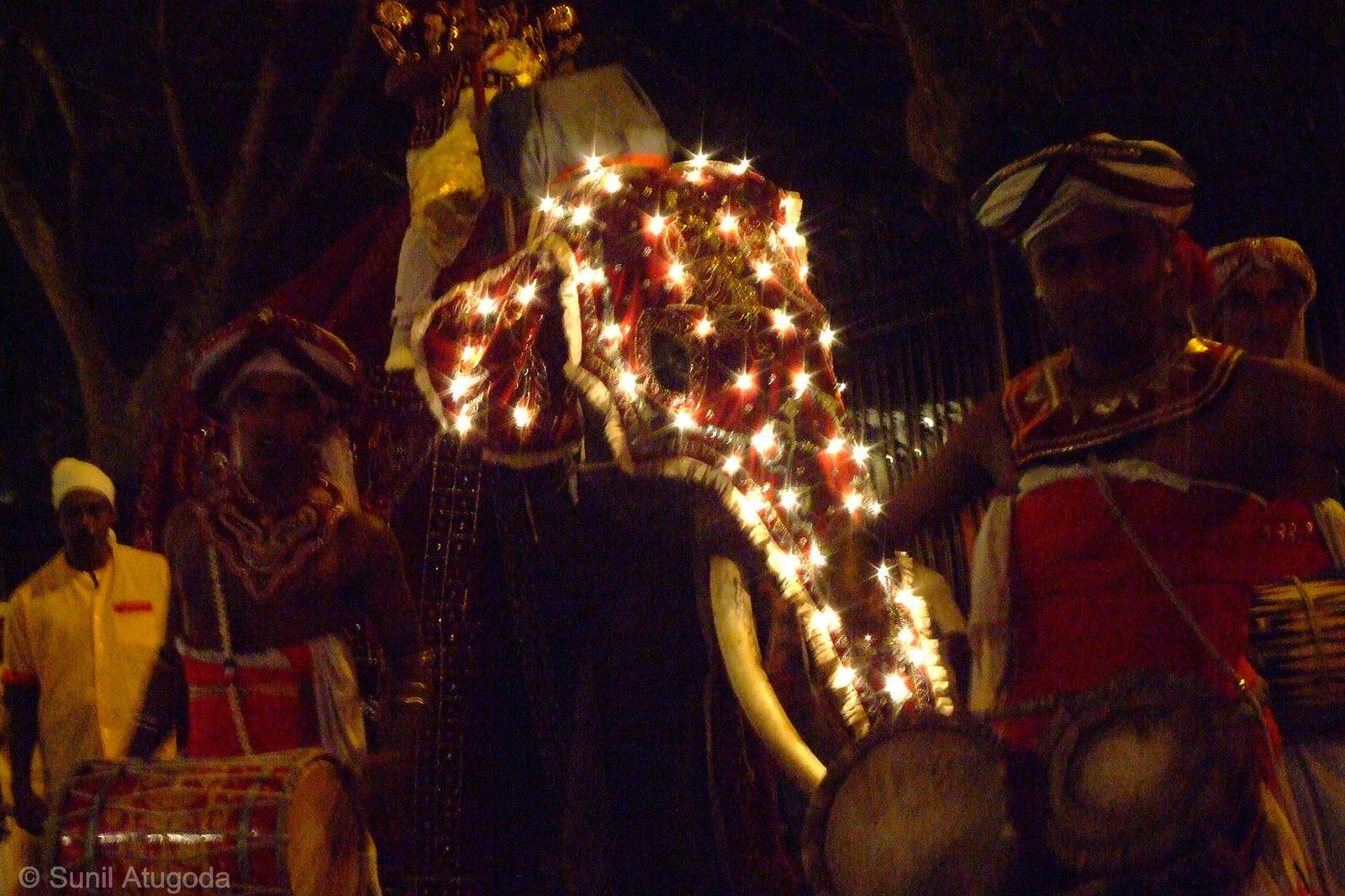

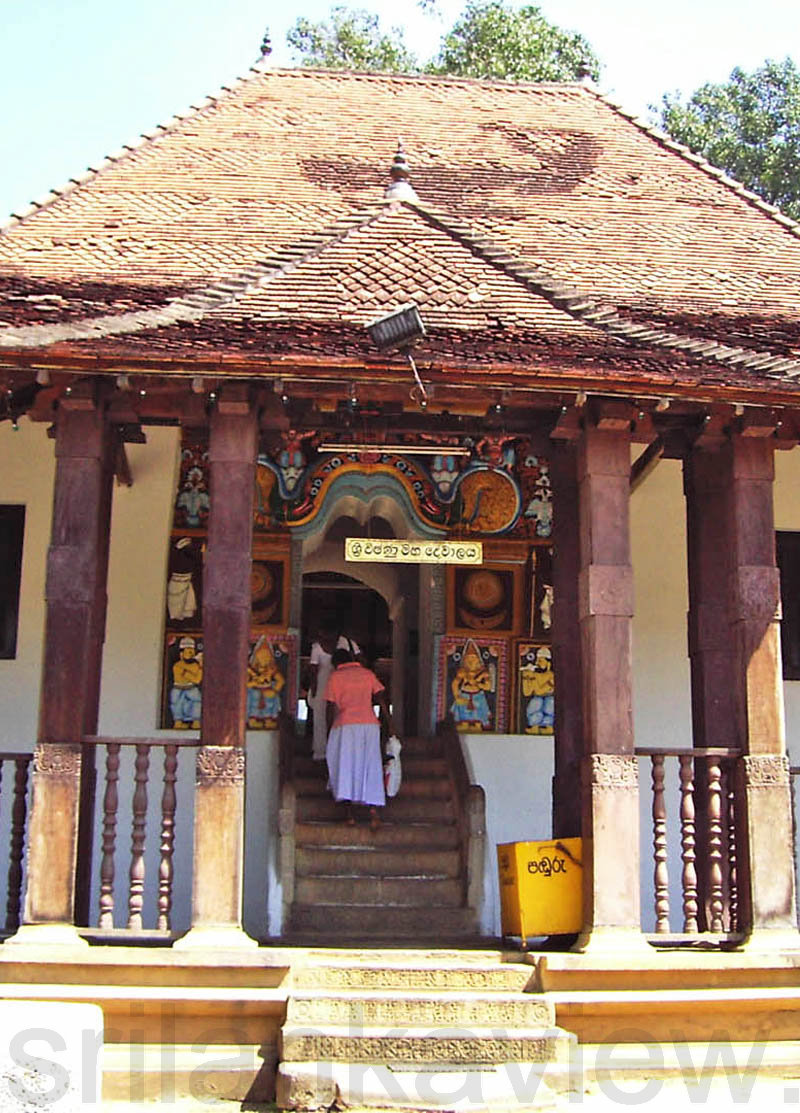
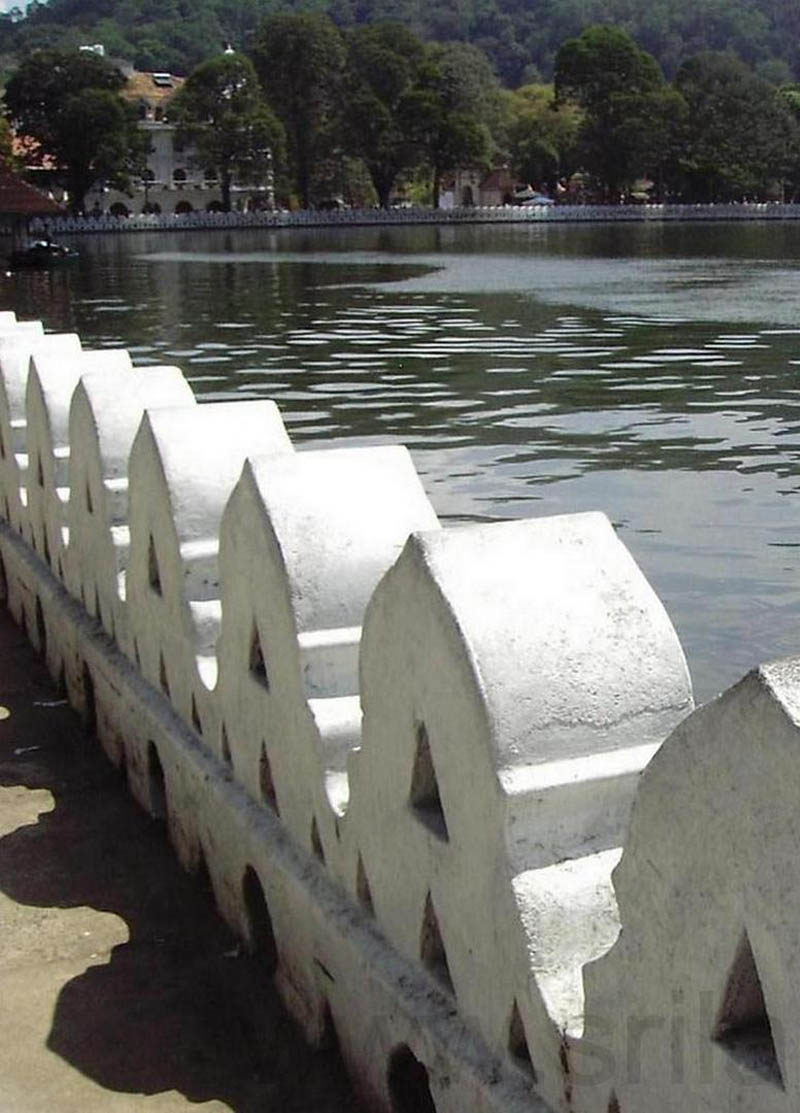




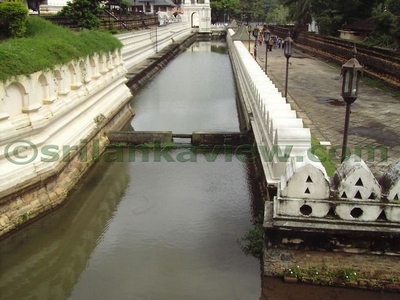

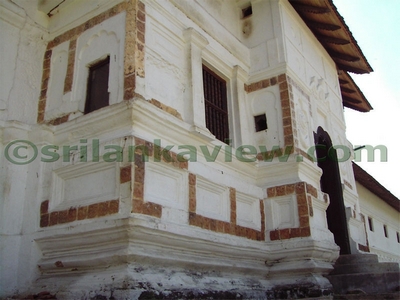
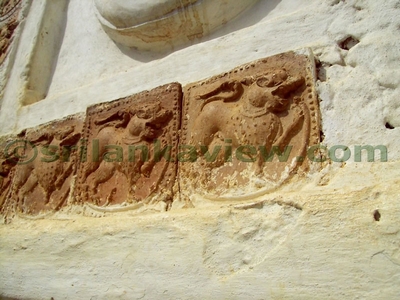
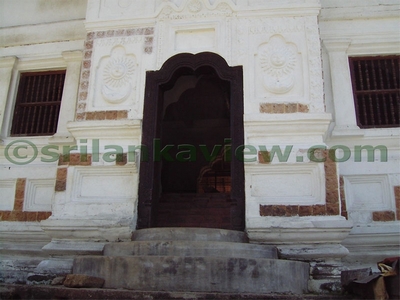



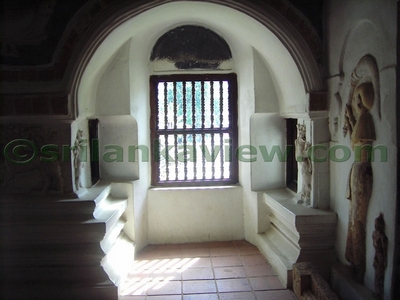



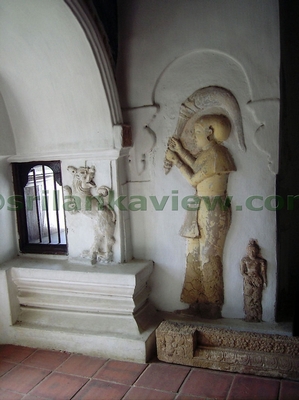
![Lady with a fan[ Chamara]](kandytown/400x300/KandyThumbs_142.jpg)

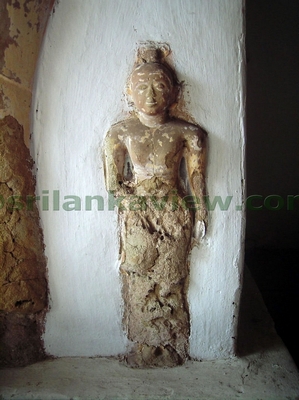
![Lady with a fan[ Chamara]](kandytown/400x300/KandyThumbs_145.jpg)
![Magnificiently designed water duct [Wathura Peela ] used by the Royalty for bathing found at the Royal palace premises.](kandytown/400x300/KandyThumbs_146.jpg)

